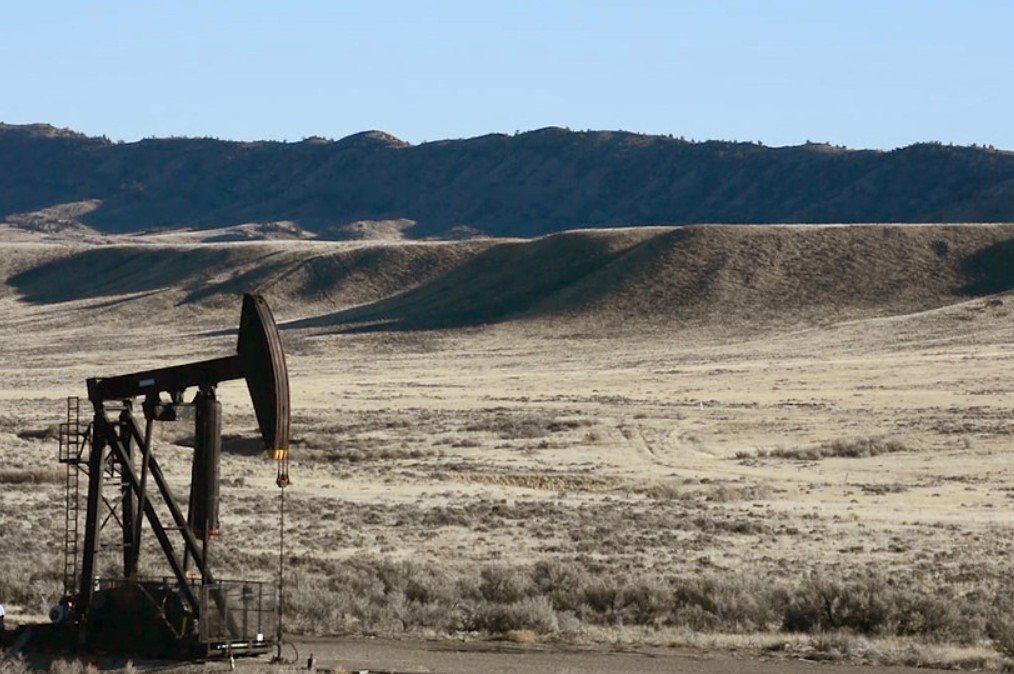US oil production has reached record levels, but it also faces bottlenecks and constraints in transportation and storage
US oil production has reached record levels, surpassing 13 million barrels per day in 2023, thanks to the shale boom and the technological innovations in drilling and extraction. However, this surge in output also poses significant challenges and constraints in moving and storing the crude oil and its related products, such as gasoline and diesel. The US oil industry relies on a complex and interconnected network of pipelines, railroads, trucks, ships, terminals, and tanks to transport and store the oil from the wells to the refineries and the markets. However, this network is often insufficient, inefficient, or outdated, creating bottlenecks and imbalances that affect the prices and profits of the oil producers and consumers.

Pipelines are the main mode of oil transportation, but they are often limited and controversial
Pipelines are the main mode of oil transportation, as they are the cheapest, safest, and most reliable way to move large volumes of oil over long distances. However, pipelines are also often limited and controversial, as they face regulatory, environmental, and political hurdles that delay or prevent their construction and expansion. For example, the Keystone XL pipeline, which would have carried oil from Canada to the US Gulf Coast, was canceled by President Biden in 2021, after years of opposition and litigation from environmentalists, Native Americans, and landowners. Similarly, the Dakota Access pipeline, which carries oil from North Dakota to Illinois, is facing legal challenges and protests from the same groups, who claim that the pipeline threatens their water sources and sacred lands.
The lack of pipeline capacity has forced the oil industry to rely on other modes of transportation, such as railroads, trucks, and ships, which are more expensive, risky, and polluting. For example, railroads charge about $10 to $15 per barrel to transport oil, compared to $5 to $7 per barrel for pipelines. Railroads also have a higher risk of accidents and spills, as seen in the 2013 Lac-Megantic disaster in Quebec, Canada, where a runaway train carrying crude oil derailed and exploded, killing 47 people and destroying the town. Trucks and ships also have higher costs and emissions than pipelines, and face their own limitations and regulations.
Terminals and tanks are the main modes of oil storage, but they are also constrained and dynamic
Terminals and tanks are the main modes of oil storage, as they are the facilities where oil is transferred, blended, and stored before being delivered to the refineries and the markets. Terminals and tanks are located at strategic points along the transportation network, such as ports, hubs, and junctions. They provide flexibility and liquidity to the oil industry, as they allow the oil producers and traders to adjust their supply and demand according to the market conditions and price signals. Terminals and tanks also play a key role in the futures market, as they are the delivery points for the contracts that are settled physically, such as the West Texas Intermediate (WTI) contract at Cushing, Oklahoma.
However, terminals and tanks are also constrained and dynamic, as they have limited capacity and availability, and are subject to fluctuations and cycles. For example, in April 2020, the WTI contract plunged into negative territory for the first time in history, as the Covid-19 pandemic caused a collapse in oil demand and a glut in oil supply, leading to a shortage of storage space at Cushing and elsewhere. Conversely, in February 2021, a severe winter storm disrupted the power supply and the oil production in Texas, causing a drawdown of the oil inventories and a spike in the oil prices. The storage capacity and utilization also vary by region and product, depending on the local supply and demand factors, such as the quality and quantity of the oil, the refinery capacity and configuration, and the consumer preferences and behavior.
The US oil industry is adapting and innovating to overcome the challenges and seize the opportunities in transportation and storage
The US oil industry is adapting and innovating to overcome the challenges and seize the opportunities in transportation and storage, as it seeks to optimize its operations and maximize its profits. The industry is pursuing various strategies and solutions, such as:
- Building and expanding new pipelines and terminals, especially in the Permian Basin, the largest and fastest-growing oil-producing region in the US, where the pipeline capacity has been lagging behind the production growth. For example, the Permian Highway Pipeline, which started operations in January 2021, can carry up to 2.1 million barrels per day of natural gas from the Permian to the Gulf Coast.
- Diversifying and integrating the transportation and storage modes, to create more options and synergies for the oil producers and consumers. For example, some oil companies are using a combination of pipelines, railroads, trucks, and ships to move their oil from the Bakken shale in North Dakota to the refineries and export terminals on the East and West Coasts, as well as Canada and Mexico.
- Investing and innovating in technology and data, to improve the efficiency and safety of the transportation and storage systems. For example, some oil companies are using drones, sensors, and artificial intelligence to monitor and inspect their pipelines and tanks, and to detect and prevent leaks and spills. Some oil companies are also using blockchain, smart contracts, and digital tokens to track and trade their oil and its products, and to reduce the costs and risks of transactions and settlements.
